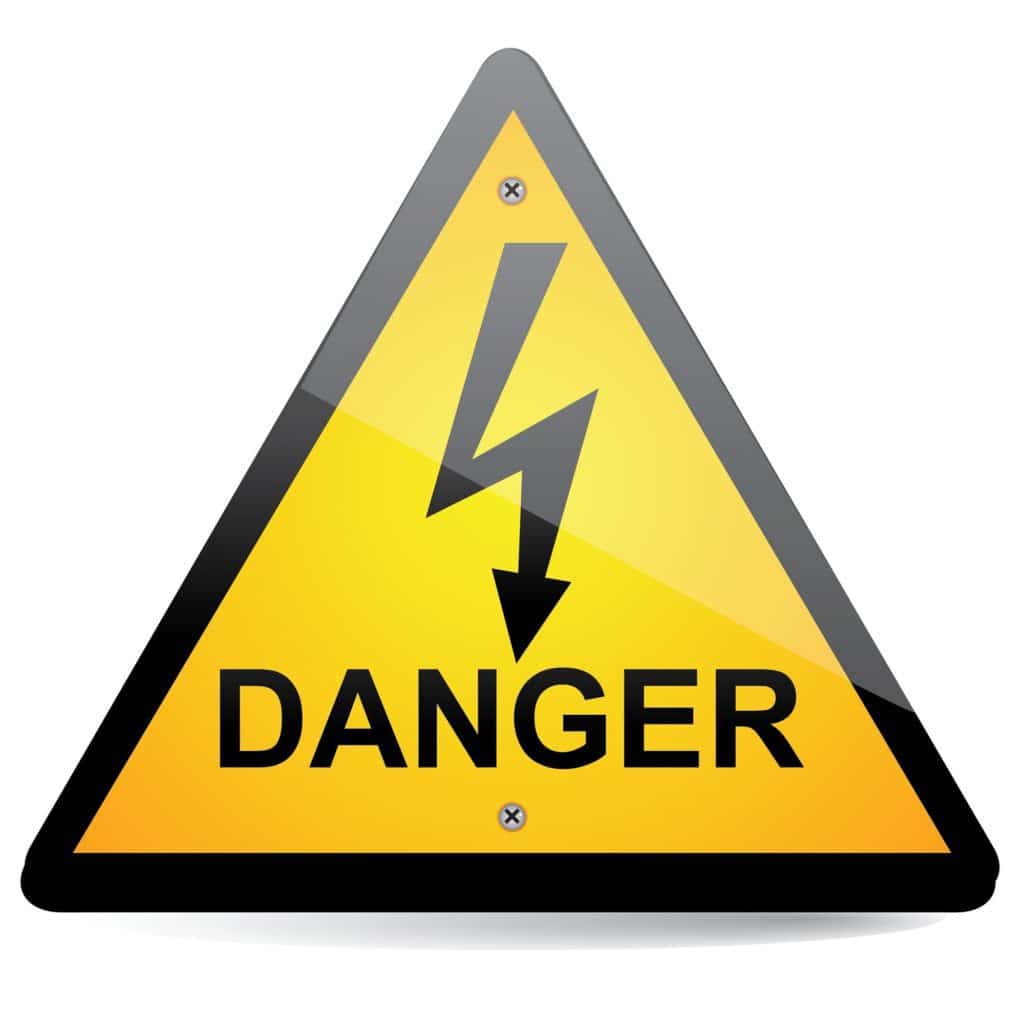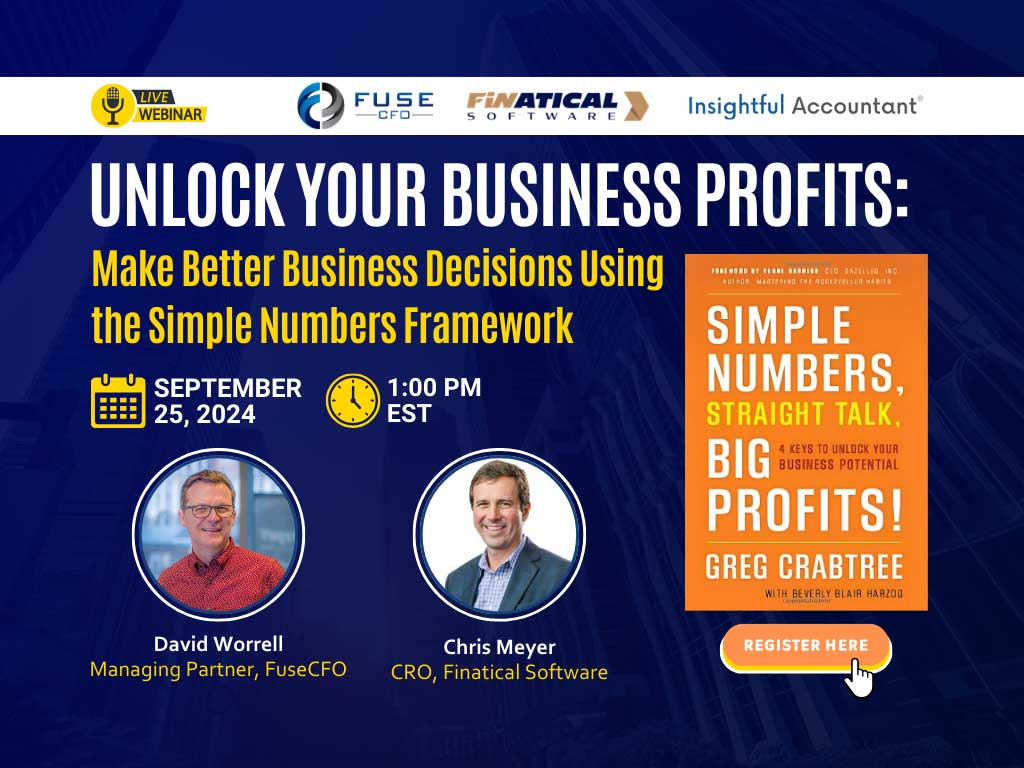
SBA Loans: 4 Secrets to Getting Approved

Last month I attended a conference where some of the area’s best SBA loan brokers and lenders were discussing the official SBA loan guidelines … and the unwritten rules that help small businesses get an SBA loan.
Here’s the 4 “SBA Secrets” that stood out to me:
1. Bigger Banks are Not Better SBA Lenders
The whole reason for taking out an SBA loan is to get better terms and more flexibility, right? Big banks will tell you that they make more SBA loans than any other lender — but ignore that. Big banks are not flexible, nimble, or even very interested in who you are and why you need a loan.
Instead try out either a loan broker or a non-traditional lender.
Personally, I love the broker approach. A great broker like my friend Steve Mariani at Diamond Financial can not only assess whether you have a good chance at a loan, but they can put the best face on your application, connect you with the best lender, and walk you through the process… all in record time at very little cost to you.
Non-traditional lenders are also great sources for SBA loans. Skip the line at Wells Fargo and deal directly with an SBA specialist and/or a smaller, local lender who is hungry for your business – or a national company that specializes in SBA debt.
The best relationships often start with lenders who are loaning their own money (called Portfolio Loans), or who are building their entire business around business lending (LiveOak is one that comes to mind).
2. It’s Faster Than You Think
There is no rule that says an SBA loan must take a long time to close. In fact, we’ve seen loans approved in 3 days and closed in 45. (That’s a lot faster than, say, the last mortgage I did on my house!)
If you’re in a hurry, a good broker will be able to place you with a lender that specializes in your industry. That simple step will save you weeks of time and multiple headaches. Any lender who knows your industry will not waste time tracking down pointless data or asking dumb questions.
3. …But it’s Harder Than You Think
Speaking of dumb questions… be prepared for plenty of them, even from a great lender. Understand that a lender will only qualify for the SBA Guarantee on your loan if they perform adequate (read: exhaustive) due diligence on you and your purchase.
The list of required documents is going to be long, and the follow-up questions will be numerous. Be prepared with your personal financial statement, a list of all assets, tax returns, and more. Your company (or the seller’s company if you are a buyer), will also need all those things and more. Financial statements, certifications, environmental impact studies, audits, contracts, vendor bills, etc.
But wait – and this is the sticky part – you may also have to explain each item’s impact on profitability, and show where it appears on your tax return. For example, that new piece of equipment you have – is it leased or purchased? Capital lease or operating lease? What depreciation schedule did you use? How much more usable life does it have? Any maintenance records or warranties?
See what I mean? Endless questions. Prepare for the worst by getting a CFO or financially minded manager involved from the start.
The worst thing that could happen is that you get so caught up in the loan documentation that you take your eyes off running the business. This is no time to lose a good client!
4. Watch Your Add Backs

You already know that the SBA will want to see your financial statements, so get started making them look great.
Show off your company in the best light possible by “re-casting” your income statement and balance sheet. You can legitimately remove (or “add back”) any one-time or non-operating expenses…to a point.
For example, If you took the whole staff on a cruise for team building, you should pull those travel costs out of the income statement in order to show how profitable your company can be without extraneous spending.
Then re-cast the income statement for the bank by clearly listing those “Add Backs” at the bottom under your EBITDA line.
Legitimate add-backs include:
- Depreciation, Amortization and other non-cash items
- Interest Expense, including on unpaid credit cards
- Bank fees for over-drafts and unusual or poor banking practices
- Fines or Penalties
- Lawsuit expenses
- Personal Expenses that are truly non-work related, and more.
Push the limit where you can, but don’t expect to add-back everything. You will not convince a lender, for example, to review 150 different credit card receipts just so you can add-back the cost of your “executive board meeting” in Hawaii.
And you won’t get credit for your cell phone or car expenses because the new owner will probably also need a cell phone and a car. You might however, get credit for something like a home office expense or a country-club membership , so work with your broker or banker to push the limit.
Bonus Tip: Don’t Say the “Key” Word

SBA loan applications will ask you to write up a rough business plan, including an org-chart that names the employees and their titles or roles. Be careful! If you introduce Jill Smith as a “Key Manager”, it is likely that the SBA will ask Jill to personally guarantee the loan.
This is a ridiculous request, but one that can be avoided by simply stating that YOU are the only “key” employee. If you’ve used the word “key” in your management discussion, take it out.
These 5 tips and the SBA overview PDF provided will take you a long way toward getting an SBA loan approved. If you need more help, consider calling FuseCFO — we’re happy to jump in.
And In case you missed the hyperlinks above, here are the two must-read resources mentioned in this article.
- SBA LOAN OVERVIEW: https://fusefinancialpartners.com/downloads/SBA_2019_OVERVIEW.pdf
- TOP SBA LENDERS: https://fusefinancialpartners.com/downloads/SBA_TOP_LENDERS_2019.pdf


